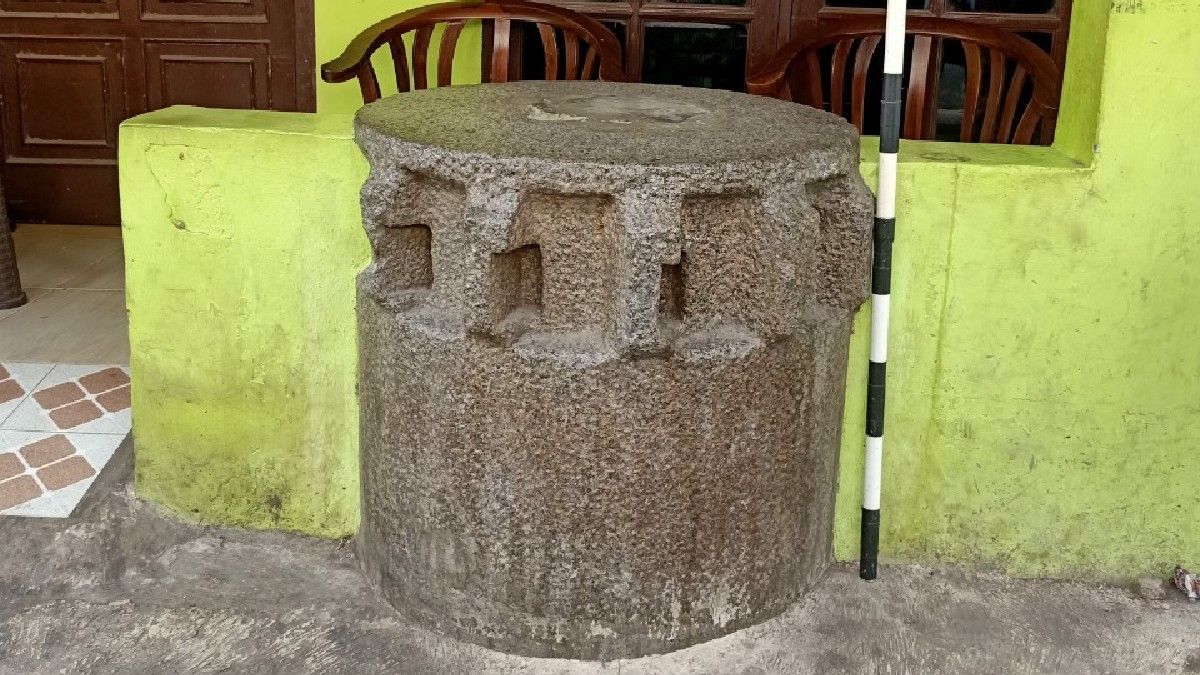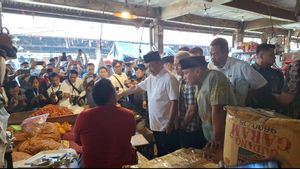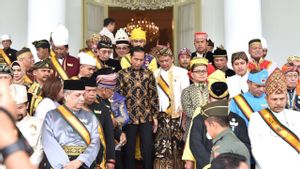JAKARTA - The DKI Provincial Government has again determined three new cultural heritage objects in Jakarta. The three, namely Jalan Pasar Baru, Batu Milling, and Padrao Inscription.
Head of the DKI Jakarta Culture Service, Iwan Henry Wardhana, determined that this determination would be made after going through a study process conducted by the DKI Jakarta Province Cultural Conservation Expert Team (TACB) and determined through a Governor's Decree.
"The determination of the New Market Complex as a Cultural Conservation Site is because the building in this area has a cultural heritage structure that stores information about human activities in the past. So its existence needs to be preserved and protected," said Iwan in his statement, Wednesday, September 21.
For information, the Pasar Baru Road Complex is a trade area that has developed since the early 19th century.
In the Pasar Baru Road Complex, there are several buildings and structures that have been designated as previous cultural heritages.
Meanwhile, Milling Stone is the forerunner of the development of the traditional sugar industry in Indonesia, which demonstrates the ability of the community in the past in processing raw materials into a product. In addition, the name 'Kilining' was also adopted as the name of the area where the stone was located.
Milling stone already existed in the 17th century. At least, there are 6 sugar cane mills located on Jalan Raya Milling, Cakung, East Jakarta.
Then, the Padrao Inscription is a collection of the Indonesian National Museum. The Padrao Batu has a height of about 2.5 meters and has 4 sides, but only two sides that appear to have avillage, while the other two parts do not have a mitigation, it's just that it has sculptures that are most likely made by human hands.
The inscription, which was made in 1522, is a hallmark of the Portuguese in every region visited. This inscription is also proof of the early presence of the European nation in the Padjajaran Kingdom area and shows the attitude of royal openness in the archipelago to every newcomer.
On August 21, 1522, Batu Padrao became a marker of the international agreement between the Sunda Kingdom (Pajajaran) and Portugal, namely Surawisesa and Henrique Leme. The presence of the Padrao Prasasti is also a sign of the construction of Sunda Kelapa as one of the economic zones at that time.
The English, Chinese, Japanese, Arabic, and French versions are automatically generated by the AI. So there may still be inaccuracies in translating, please always see Indonesian as our main language. (system supported by DigitalSiber.id)













